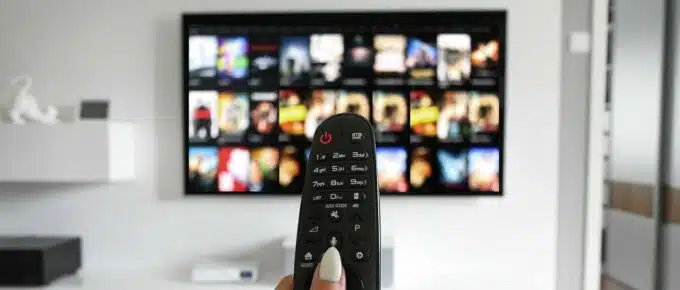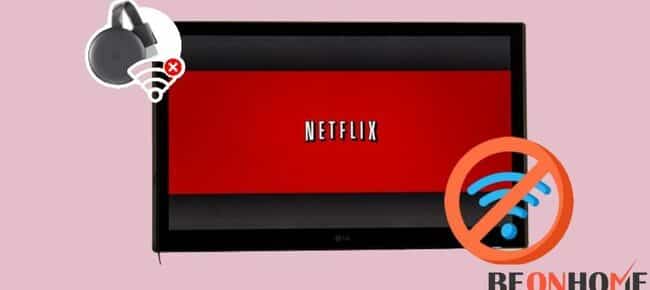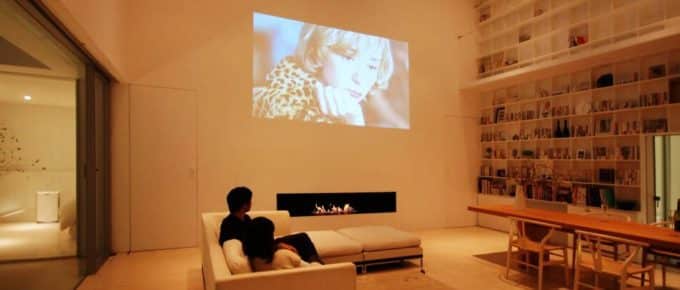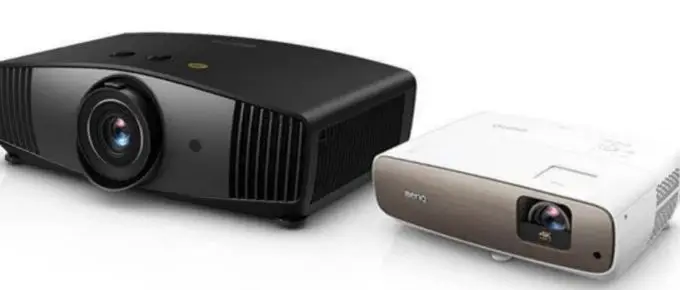While somewhat pricey and time-consuming to install, a home theater can absolutely transform your experience of watching TV and movies at home. However, it can be somewhat daunting for those who haven’t experienced doing so before. This guide will give you a rundown on how to set up the perfect home theater for you.
What Kind of Home Theater is Right for Me?
When designing your home theater, it’s important to figure out what kind will best suit your needs. For instance, if you watch combat sports like MMA or boxing, you might need a smaller screen than if you’re a fan of sports played on a larger field, like soccer or football, for example. This is especially true if you’re a gambler; even with the best NFL lines, you’ll still want the biggest screen possible, so you can really see the action unfold and make the smartest possible betting calls.
On the other hand, if you watch a lot of movies or listen to music extensively, then you’ll probably want to make speaker quality and layout a priority. To hear all the nuances of a piece of music or movie soundtrack, you should look at getting speakers that offer higher fidelity than you’d probably need for watching sports or similar.
If you have a larger family or frequently entertain groups of guests, then you may want to consider building a dedicated home cinema, if this is within your budget. Naturally, how big your home cinema ends up being will depend on your needs and how much space you have within your home, but this can be a great option to have for movie nights, big sports games, and so on.
Some people even like to fit their home cinemas with features reclining cinema seating and drink holders. Combining surround sound with details like these really takes the cinema-style atmosphere to the next level.
Things to Consider Before Setting Up your Home Theater
To put together a modern, immersive home theater, it’s generally recommended that you invest in a generously-sized TV or projector, some form of surround sound system, and a broadband internet connection at the very least.
TV Vs. Projector
It probably goes without saying that the size and quality of the screen in your home theater is paramount. Depending on the kind of home theater you’re trying to build, you can either opt for a TV or a projector screen. TVs are the better option if you have less space or want the more convenient, straightforward option of the two.
Also, you’ll typically be able to get better image quality with a TV than a projector. Many modern TVs support 4K resolution, which can be quite difficult to achieve with a projector.
If you’re someone who likes to stream movies and TV shows fairly regularly, then you might want to opt for a Smart TV. Most Smart TVs will have native apps that allow you to use streaming services like Netflix directly.
However, if you want the biggest possible image, then a projector is the way to go. With a projector, you can generally get an image of up to 150 inches in diameter, which far exceeds that of any TV. Moreover if you’re preferring to use a projector make sure you choose the best projector screen paint to have the best quality of videos. If You’re an artist you can use a good projector specifically for artists.
Speaker Placement and Quality
A massive part of the fun of using a home cinema is the incredible, immersive sound quality that they can offer. To achieve this effect, you’ll want a range of speakers – 5 at a minimum – that you can place around the room for maximum coverage and depth of sound.
Standard advice is to have a center speaker, two side speakers, and two rear speakers, if you’re planning on using a 5-speaker setup. The center speaker should be placed directly under the TV where possible. Then, you’ll want the side speakers at the sides of the room, putting them on either side of the TV works especially well.
Finally, you’ll want to install your rear speakers somewhere behind where you’re sitting. Placing them in the back corners of the room can work, though their ideal layout will depend somewhat on how the room is furnished and how big it is.
Don’t be afraid to experiment with different speaker configurations, too. The most important thing is that your home theater sounds great to you!
It’s worth noting here that, if you opt for purchasing individual speakers, rather than a set as part of a home cinema system, then you’ll also need an AV receiver to control audio output and settings.
Energy Usage
Naturally, it is understood that an elaborate home theater setup that uses multiple speakers and screens will use more energy than a TV alone will. So, you might want to consider implementing a number of energy upgrades in your home to help make it more energy efficient. Solar panels, for instance, are becoming increasingly popular, and are a terrific way to cut down on your energy bills overall.







Leave a Reply